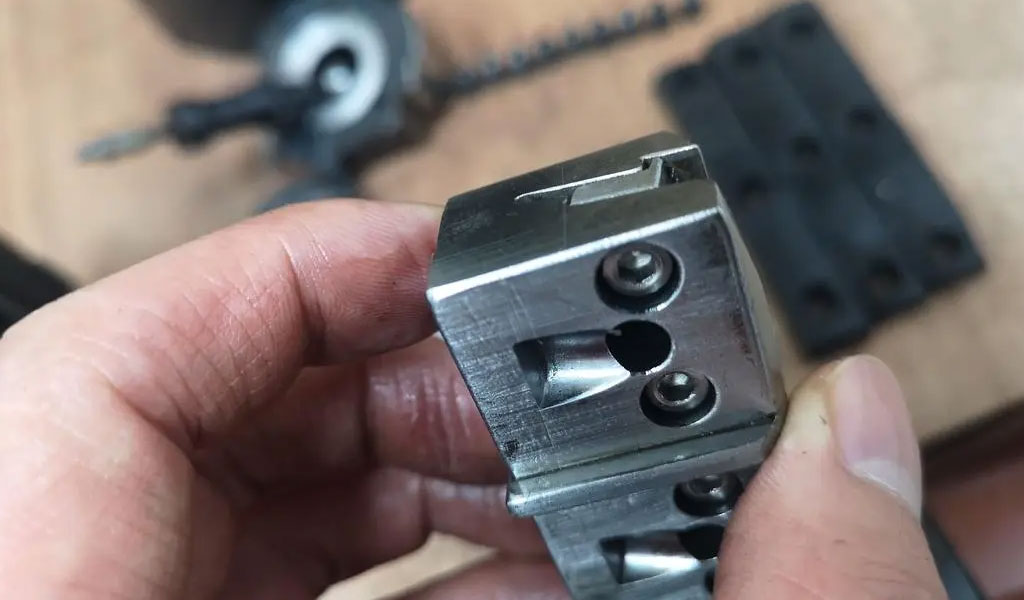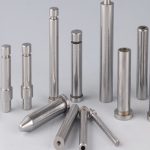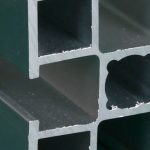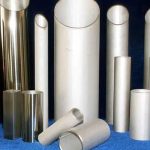Deprecated: get_settings is deprecated since version 2.1.0! Use get_option() instead. in /www/sites/alloy.wiki/index/wp-includes/functions.php on line 4862

In mechanics, many people confuse strength and stiffness, but in specific material operations and manufacturing, the concepts of strength and height are inseparable, so many people want to understand it in more detail, the difference between strength and stiffness. Moreover, in the production of mechanical parts, strength and stiffness are very important data, which will directly affect the quality of the parts, so the meanings of the two must be distinguished.
The relationship between strength and stiffness
There is actually no key influencing factor between the two, but they are inseparable from each other. Both degrees act on the same material. Generally, they are counted together. It is very easy to confuse the two, especially in metal materials. The strength and stiffness of the material are both numerical reference standards for the material. What materials, what parts, and what parts are suitable for The requirements for strength and stiffness are all related. The relationship between them is actually a reference value that exists independently of each other but appears on the same material.
The difference between strength and stiffness
1. Different definitions
This is the most fundamental difference, that is, the definitions are different. The definition of strength refers to the ability of a material to resist damage. In fact, simply speaking, strength is the maximum withstand value of the material in terms of resistance to pressure and tension. , this is the strength. After the material withstands a part of the force, the force continues to increase. When it reaches the strength point of the material, the material is destroyed, then this value is the strength. The unit of strength is generally MPa. The definition of stiffness refers to the material’s ability to resist deformation. This stiffness is the material’s ability to resist elastic deformation or displacement when it is subjected to external forces. Generally, the greater the stiffness, the greater the stress required for deformation. In other words, within the range of stiffness, it will not easily deform. So the definitions between the two are completely different. One is the ability to resist damage. This is the state in which the material may deform. The deformation is also within the range of strength. The other is the ability to resist deformation, which does not necessarily lead to damage.
2. Different emphasis
The focus of strength is to break through the force. The strength of a material has a certain range. This strength is the force that will appear. This force is the force that can cause the material to break or deform. This is the strength of the material that can withstand it. force. Stiffness is different. Stiffness is the ability to resist external damage. In fact, the two are different values of the same force. Stiffness means that the external force acts on the material, but the material can return to its original state. This is stiffness. The main focus is on the ability to resist elastic deformation. So the focus of individual strength is also different.
3. Different influencing factors
Although there are some similarities between the two, the influencing factors are completely different. Generally, the main factor affecting strength is different materials. Materials of different materials have different strengths, because this is because of the characteristics of the material itself. Some materials are relatively resistant to damage, so the strength of the material is related to the material itself. However, the conditions that affect the stiffness are not just the material itself. Stiffness is actually the ability to resist deformation. The factors that affect stiffness are materials and objects. Shape, external force and other conditions. This influencing factor is also a good way to distinguish different aspects of strength and stiffness.
Strength and stiffness are actually very easy to distinguish concepts, because although they are somewhat related, the definitions are completely different. One is the force that can be withstood, and the other is the force that can be recovered. To describe it vividly, a chopstick is broken. If it breaks, it means that the strength is not enough. If a chopstick is deformed, it means that the stiffness is not enough. If it is a plastic chopstick, the strength is not enough when it is broken. If it deforms, it means that the stiffness is not enough. Isn’t this kind of understanding easier to understand?
Link to this article:Strength vs Stiffness
Reprint Statement: If there are no special instructions, all articles on this site are original. Please indicate the source for reprinting:Alloy Wiki,thanks!^^










